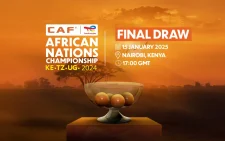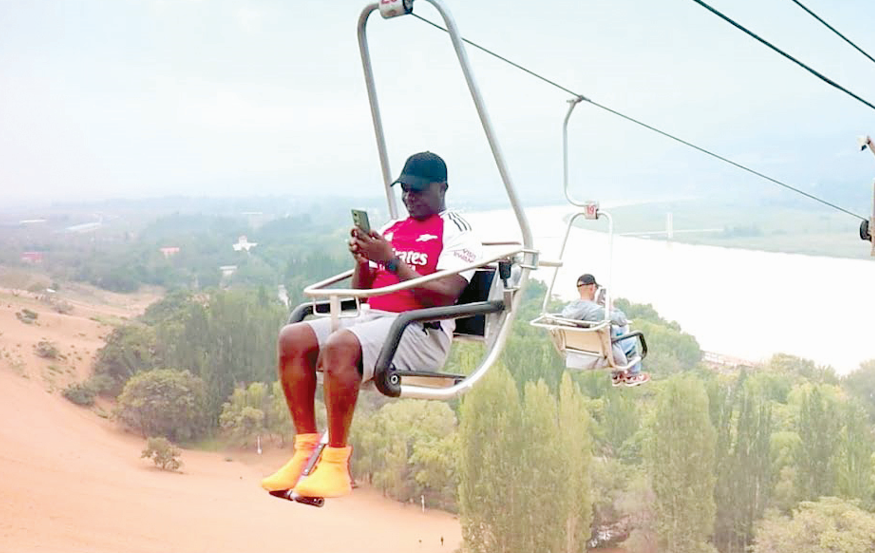Digital library helping young learners develop love for reading

Driven by the desire to address challenges surrounding children book creation and distribution, a non-governmental organisation, through its fully-stocked digital library is helping children enjoy reading by providing access to easy and engaging content.
The digital library, is available for free through a low bandwidth mobile app NABU: Multilingual kids books on both on Google Playstore and iOS Appstore, features a Kiswahili collection with books written by Kenyan authors and illustrated regionally.
NABU Kenya Programmes Manager Beryl Oywer says the app has been created for parents, guardians and teachers to have a tool to ensure children have leisure reading not pegged on an exam.
“We want to promote the culture of reading among children, to create a foundation for them to love reading at an early age and then build that skill to be used in their academic life,” says Oywer.
She says the app was developed on the basis that reading is a foundation, such as exercising the body, whereby, the more a person reads, the better they become at writing and expressing themselves, improving vocabulary and building on comprehension.
“NABU is working with partners in the education sector to create awareness of the fact that there is also co-curricular content children can engage in after school,” she explains.
“Let us keep our children learning, but not peg it to excel in an exam. It is through this learning that we are letting children explore themselves and learn from a variety of the books available. This is considered extra-curricular reading, for fun,” she adds.
Oywer said the organisation has conducted its own research, which shows that leisure reading is good for children in their formative years, because they peg reading to pleasure.
This helps them feel empowered when they read and they do it by themselves.
“At times, you find children wanting to narrate what they have read and that is the culture we want to create for them to also encourage them to read curriculum materials. It becomes easier, because they are able to bridge leisure reading and academic material. They will not feel overburdened because they already like reading,” she says.
The books are curated by Kenya Institute of Curriculum Development (KICD), just to ensure they conform with the government’s requirements.
The content is revised and regulated so that what is introduced to children in schools is of the right standards.
NABU produces content in different languages, but in Kenya, they are focusing on Kiswahili content with the intention to make a library of 150 books and about 100 have been produced so far. NABU started developing the Kenyan content in June 2020.
Oywer says writing for children is a process, in terms of understanding the genre children are interested in, then they come up with themes and sub-themes, which should also be aligned with what they learn in school.
“Since so much interest has developed, we feel that we can expand our library. Writing for children is tasking because you need to make sure the levels and themes make sense to them,” she explains.
Aligning leisure reading is yet another key aspect considered when writing to avoid introducing something they do not know and expecting a level one child to know themes higher than what they learn.
“The content is reviewed and the different levels, running from Grade One to Four and have to be broken down. For instance, in Grade One, there are more pictures than words, because their attention span is very small. At level two we have in two sentences, then a paragraph in level three and more of a novel in level four,” she explains.
The books seek to have parents journey with their children as they move from one level to another in reading and writing.
At the moment, there are about six Kenyan authors working with NABU.
“The reason we chose Kiswahili for Kenya is because NABU is big on mother tongue storybooks, and aslo because there is a gap in that. Also, we live in a cosmopolitan setting and Kiswahili is most children’s first language not even their mother tongue. So, chances are that you will identify with Kiswahili text faster than any other language. When conversant with Kiswahili, it becomes easier to convert to other languages, say English, French or Spanish,” she says.
NABU has made its books bilingual so that the people can not only appreciate the local language and appreciate the Kenyan culture, but also help other people to understand the local culture in the local perspective.
Much as the idea to develop the digital books started pre-Covid-19, she says that the pandemic has to some extent, made their concept relevant because it gave NABU the spark for a need to learn beyond the four classroom walls.
“Covid-19 made our work more relevant, especially when there were restricted movements, when children could develop concepts they read in the books. It also promoted the learning for fun concept,” she says.
She says this kind of reading is demystifying the old concept of reading to pass tests and subsequently getting a good job.
“Growing up, it was never reading for pleasure or building on vocabulary or general knowledge. We are trying to re-imagine education and it works well with the Competency-Based Curriculum, which promotes giving solutions and making children think on their own,” she says in conclusion.












